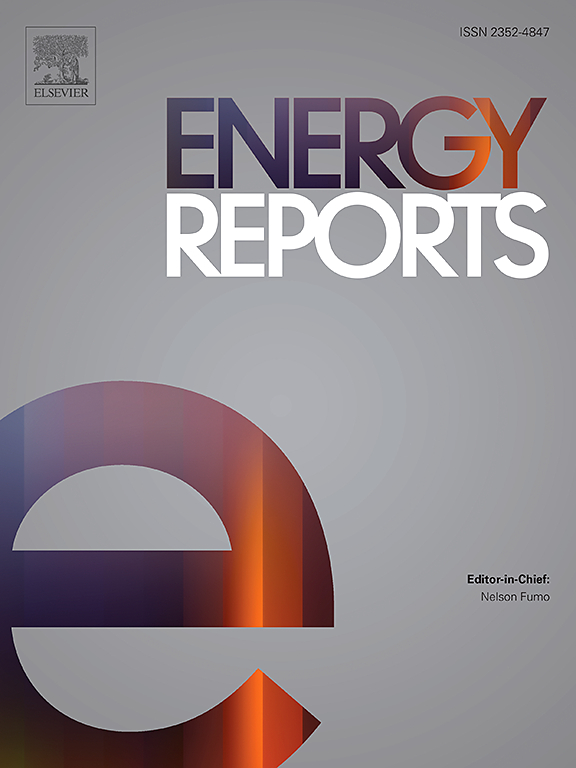织物的未来:对自供电智能纺织品及其新兴应用的全面回顾
IF 5.1
3区 工程技术
Q2 ENERGY & FUELS
引用次数: 0
摘要
智能纺织品已经从传统的织物发展到集成了电子元件、传感器和能量收集技术的先进材料。这种演变导致了自供电智能纺织品的发展,能够从各种来源产生和储存能量,从而减少对外部电源的依赖。这些自供电系统可以将生物力学、生化和人体热能转化为电信号,便于对生理状态进行长期、实时的监测。驱动自供电智能纺织品能量转换的关键技术包括摩擦纳米发电机(TENGs)、压电纳米发电机(PENGs)、磁弹性发电机(MEGs)、热电发电机(TEGs)和生物燃料电池(bfc)。这些技术共同解决了对可持续身体能源解决方案不断增长的需求,并提高了对自供电智能纺织品的兴趣。虽然现有文献已经研究了智能纺织品的各种应用,但在专门针对跨多个领域的自供电智能纺织品的综合评估方面仍存在重大差距。本文旨在通过对自供电智能纺织品的广泛概述,重点介绍其材料、能量收集技术和新兴应用,来填补这一空白。它探索了能量收集和储存的原理,整合到纺织品中,研究了先进的材料和制造策略,并强调了在医疗保健,健身,军事,时尚和工业部门的关键应用。此外,它还讨论了与耐久性、可扩展性和环境可持续性相关的当前挑战,并概述了推进这一快速发展领域的未来方向。本文章由计算机程序翻译,如有差异,请以英文原文为准。
The future of fabric: A comprehensive review of self-powered smart textiles and their emerging applications
Smart textiles have evolved remarkably from traditional fabrics to advanced materials that integrate electronic components, sensors, and energy-harvesting technologies. This evolution has led to the development of self-powered smart textiles capable of generating and storing energy from diverse sources, thereby reducing dependence on external power supplies. These self-powered systems can convert biomechanical, biochemical, and body heat energy into electrical signals, facilitating the long-term, real-time monitoring of physiological states. Key technologies driving energy conversion in self-powered smart textiles include triboelectric nanogenerators (TENGs), piezoelectric nanogenerators (PENGs), magnetoelastic generators (MEGs), thermoelectric generators (TEGs), and biofuel cells (BFCs). Together, these technologies address the rising demand for sustainable on-body energy solutions and have heightened interest in self-powered smart textiles. While existing literature has examined various applications of smart textiles, there remains a significant gap in comprehensive assessments specifically addressing self-powered smart textiles across multiple domains. This review aims to fill this gap by providing an extensive overview of self-powered smart textiles with a focus on their materials, energy-harvesting technologies, and emerging applications. It explores the principles of energy harvesting and storage integrated into textiles, examines advanced materials and fabrication strategies, and highlights key applications in the healthcare, fitness, military, fashion, and industrial sectors. Additionally, it discusses the current challenges related to durability, scalability, and environmental sustainability, and outlines future directions to advance this rapidly evolving field.
求助全文
通过发布文献求助,成功后即可免费获取论文全文。
去求助
来源期刊

Energy Reports
Energy-General Energy
CiteScore
8.20
自引率
13.50%
发文量
2608
审稿时长
38 days
期刊介绍:
Energy Reports is a new online multidisciplinary open access journal which focuses on publishing new research in the area of Energy with a rapid review and publication time. Energy Reports will be open to direct submissions and also to submissions from other Elsevier Energy journals, whose Editors have determined that Energy Reports would be a better fit.
 求助内容:
求助内容: 应助结果提醒方式:
应助结果提醒方式:


